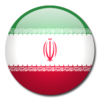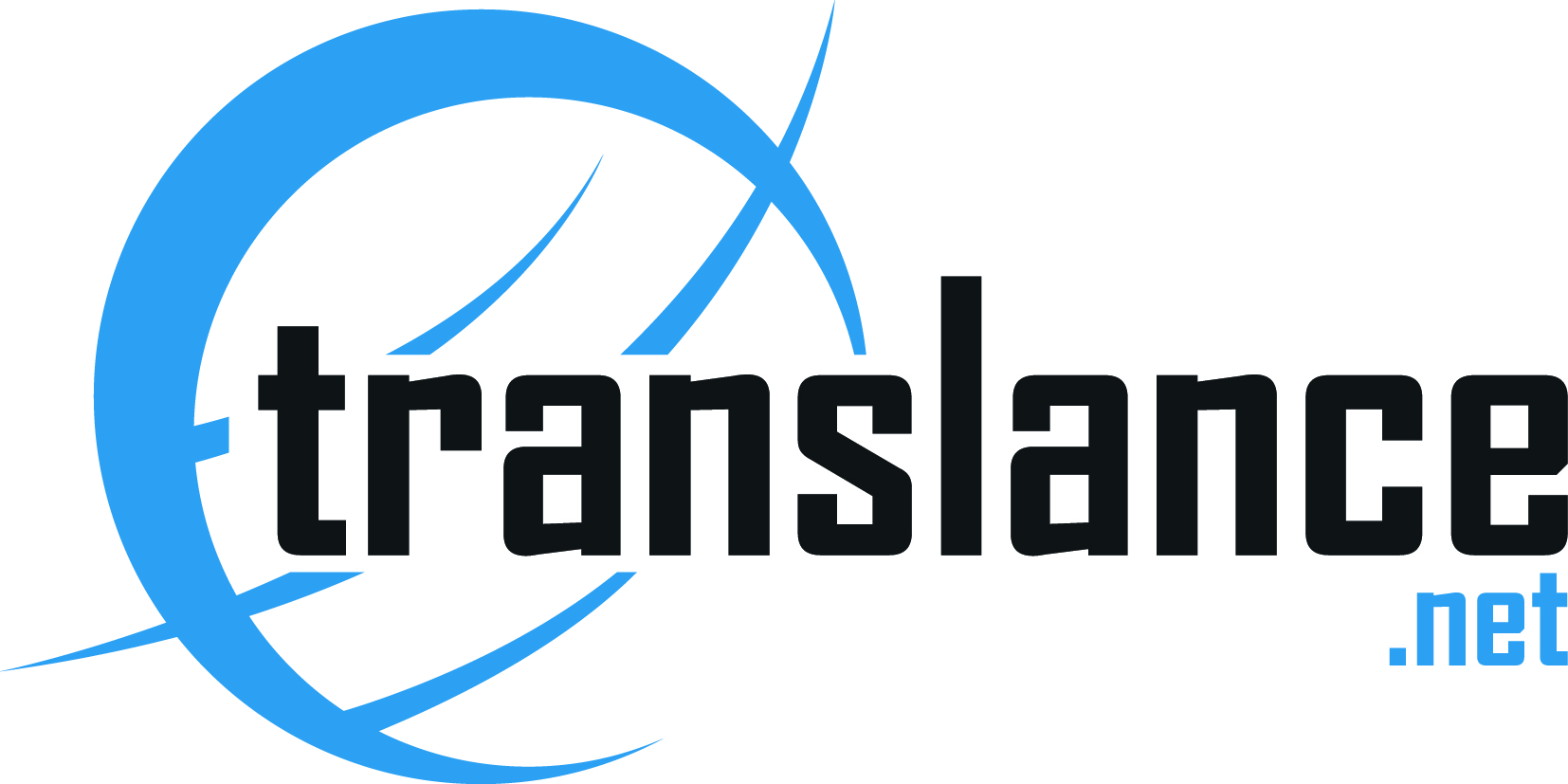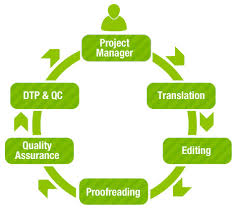Translation quality
As indicated by Business Dictionary, quality can be characterized as "the totality of highlights and attributes of an item or administration that bears its capacity to fulfill expressed or inferred needs." For the situation of translation, quality could be characterized as the achievement of the translation in precisely catching and passing on the data and the purpose of the source record. Translation quality moves toward becoming mission-basic in spaces, for example, IP, medicinal, lawful, bookkeeping, and specialized documentation, where low quality translations could cause loss of business esteem and, at times, even death toll.
Two Main Types of Translation Quality Standards
It isn't astounding, along these lines, that worldwide/national, general/industry-particular measures have been detailed, all with the objective of helping dialect specialist organizations (LSPs) furnish their clients with quality expectations. These principles fall into two general classifications:
• Process-situated: These principles center around setting up and keeping up a procedure of translation, audit and endorsement that, when taken after determinedly by qualified experts, will reliably bring about translations that meet client desires.
• Metrics-arranged: These guidelines center around building up real quality measurements against which an translation can be estimated and evaluated as high-or low-quality.
Two Examples of Process-Oriented Translation Quality Standards
ome LSPs, including Morningside Translations, have received ISO 9001, the world's most broadly perceived quality administration standard. ISO 9001 layouts approaches to accomplish predictable execution and administration at all levels. ISO 9001 affirmation implies a quality framework that gives the structure to better consumer loyalty, staff inspiration and persistent change.
In 2006, EN 15038 was distributed by CEN, the European Committee for Standardization, as a quality standard particularly for the translation business. The standard characterizes the prerequisites of the LSP concerning faculty and specialized assets, quality control, venture administration, customer contract parameters, and administration techniques. [1] The standard was embraced by various European nations and has shaped the premise of other national measures, for example, Canada's CAN/CGSB-131.10 Translation Services standard that was set up in 2008.
In 2015, EN 15038 was supplanted by ISO 17100:2015. One of the fundamental viewpoints secured by the new standard is the revamping of assignments into three large scale forms: pre-generation, creation and after creation, and furthermore the expansion of the task director's profile and part as one of the key members in translation venture work process. [4]
wo Examples of Metrics-Oriented Translation Quality Standards
The LISA Scorecard is a quality confirmation show intended to advance the best translation and limitation techniques for the product and equipment businesses. While the Localization Industry Standards Association (LISA) is never again dynamic, their institutionalization strategies are still generally utilized as the benchmark for quality translations. [1] This model evaluations translations in view of a scoring framework that measures the seriousness of issues as basic, major or minor and gives a direct an incentive toward every offense. The LISA standard for a passing translation review is 99 percent. [2]
Another case is the ATA Metric, which was produced by the American Translators Association to be utilized as an assessment instrument to test the nature of a deciphered content. A "solid" or "standard" score on the content corresponds with an IRL Professional Performance Level 4 or 5, individually. [1]
Translation Quality Standards – What Do They Mean?
August 11, 2016
As per Business Dictionary, quality can be characterized as "the totality of highlights and attributes of an item or administration that bears its capacity to fulfill expressed or suggested needs." For the situation of translation, quality could be characterized as the accomplishment of the translation in precisely catching and passing on the data and the purpose of the source report. Translation quality moves toward becoming mission-basic in areas, for example, IP, restorative, lawful, bookkeeping, and specialized documentation, where low quality translations could cause loss of business esteem and, at times, even death toll.
Two Main Types of Translation Quality Standards
It isn't shocking, in this way, that worldwide/national, general/industry-particular benchmarks have been planned, all with the objective of helping dialect specialist organizations (LSPs) furnish their clients with quality expectations. These guidelines fall into two general classifications:
• Process-situated: These guidelines center around setting up and keeping up a procedure of translation, audit and endorsement that, when taken after constantly by qualified experts, will reliably bring about translations that meet client desires.
• Metrics-situated: These gauges center around setting up genuine quality measurements against which an translation can be estimated and evaluated as high-or low-quality.
Two Examples of Process-Oriented Translation Quality Standards
Some LSPs, including Morningside Translations, have embraced ISO 9001, the world's most broadly perceived quality administration standard. ISO 9001 layouts approaches to accomplish reliable execution and administration at all levels. ISO 9001 affirmation implies a quality framework that gives the system to better consumer loyalty, staff inspiration and constant change.
In 2006, EN 15038 was distributed by CEN, the European Committee for Standardization, as a quality standard particularly for the translation business. The standard characterizes the necessities of the LSP with respect to faculty and specialized assets, quality control, venture administration, customer contract parameters, and administration techniques. [1] The standard was embraced by various European nations and has shaped the premise of other national gauges, for example, Canada's CAN/CGSB-131.10 Translation Services standard that was set up in 2008.
In 2015, EN 15038 was supplanted by ISO 17100:2015. One of the primary angles secured by the new standard is the redesign of undertakings into three large scale forms: pre-generation, creation and after creation, and furthermore the expansion of the venture director's profile and part as one of the key members in translation venture work process. [4]
Two Examples of Metrics-Oriented Translation Quality Standards
The LISA Scorecard is a quality confirmation show intended to advance the best translation and confinement techniques for the product and equipment ventures. While the Localization Industry Standards Association (LISA) is not any more dynamic, their institutionalization techniques are still generally utilized as the benchmark for quality translations. [1] This model evaluations translations in view of a scoring framework that measures the seriousness of issues as basic, major or minor and gives a guide an incentive toward every offense. The LISA standard for a passing translation review is 99 percent. [2]
Another case is the ATA Metric, which was created by the American Translators Association to be utilized as an assessment device to test the nature of a deciphered content. A "solid" or "standard" score on the content associates with an IRL Professional Performance Level 4 or 5, individually. [1]
Vertical-Specific Translation Quality Standards: A Medical Example
A few verticals have particular translation quality needs that can't be met by more summed up quality norms. A decent illustration is ISO 13485:2016, which determines prerequisites for a quality administration framework where an association needs to show its capacity to give medicinal gadgets and related administrations that reliably meet client and pertinent administrative necessities. ISO 13485:2016 can likewise be utilized by providers or outer gatherings that give item or administrations to such associations.
LSPs like Morningside Translations that are confirmed to ISO 13485 work together with therapeutic gadget organizations to decide chance administration for the greater part of its medicinal gadget translations. With the LSP executing forms that decrease the potential for item chances, the restorative gadget organization lessens its presentation to consistence and legitimate issues, also hazard to clients. [2]
Toward the day's end, it's about the general population and the procedure
 English
English Persian
Persian

